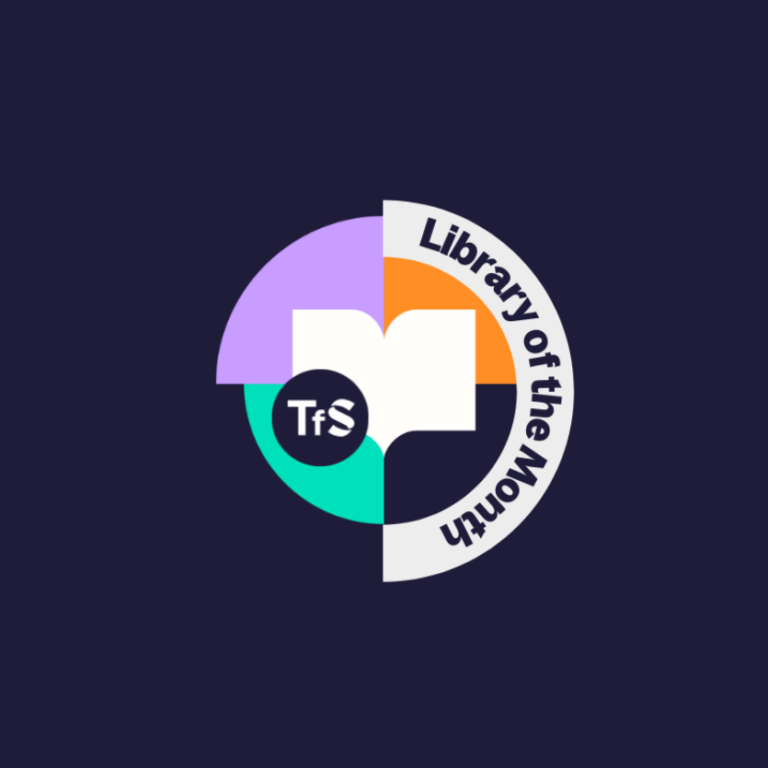10 Key Findings on Students, AI and the Library from Librarian Futures Part IV
Technology from Sage has published the fourth instalment in its acclaimed Librarian Futures series: Librarian Leadership on the AI Frontier.
Posted on 17th June 2025
Technology from Sage has published the fourth instalment in its acclaimed Librarian Futures series: Librarian Leadership on the AI Frontier.
Posted on 17th June 2025
We recently launched Librarian Futures Part IV report: Librarian Leadership on the AI Frontier. The report draws on global surveys of 1000 students and 300 librarians, and uncovers a complex relationship between confidence, capability, and trust in the academic use of AI.
The report explores how artificial intelligence (AI) is reshaping the academic research journey—and the vital role librarians can play in guiding its responsible use.
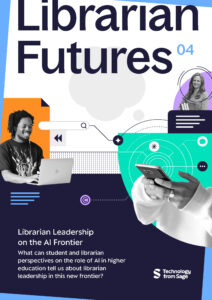
Read on for a sneak peek of ten of the key findings from Librarian Futures Part IV…
AI clearly now has a significant role on the student workflow but has not necessarily changed it beyond recognition. Instead, it appears that AI has simply expanded the pool of resources available for students beginning their research.
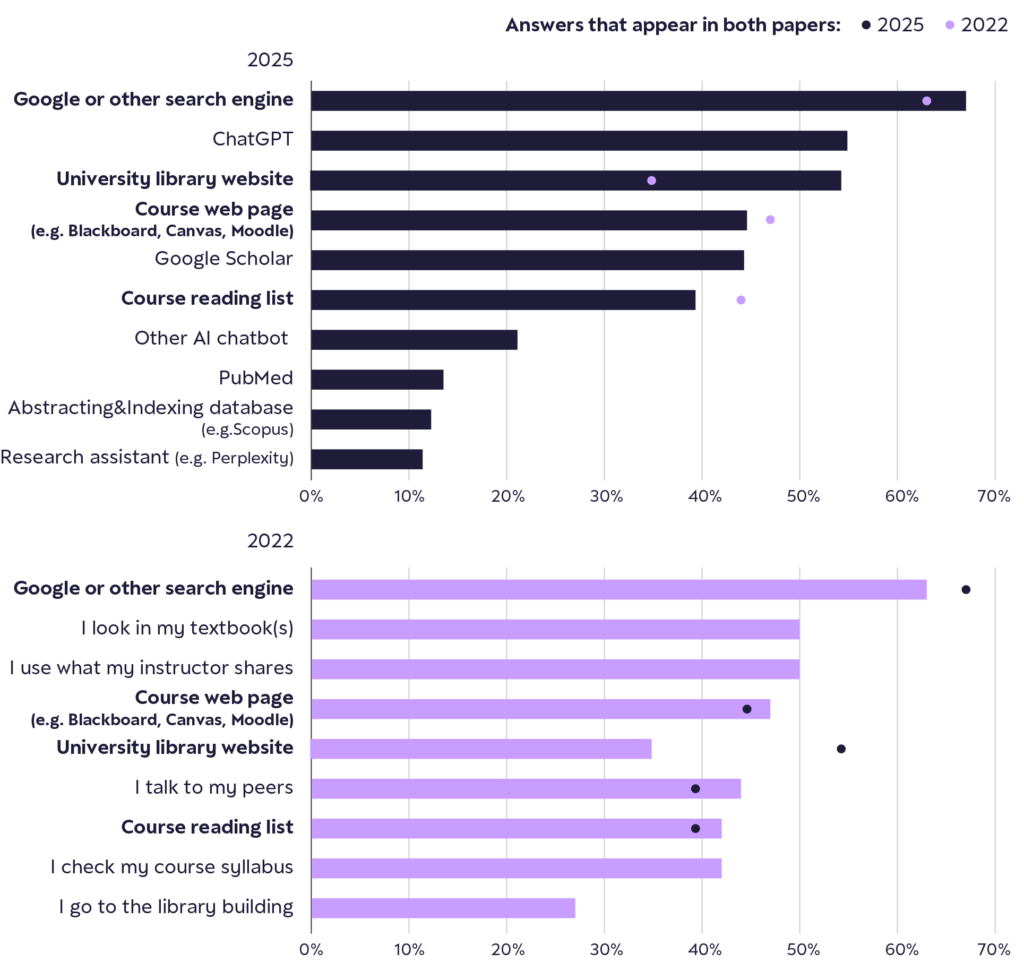
Figure 1. Data from Librarian Futures Part 2 compared with newly collected data (n=930) on: Student research habits.
Student use of AI at present is concentrated on a small pool of AI tools, rather than integrating it into every facet of their studies.
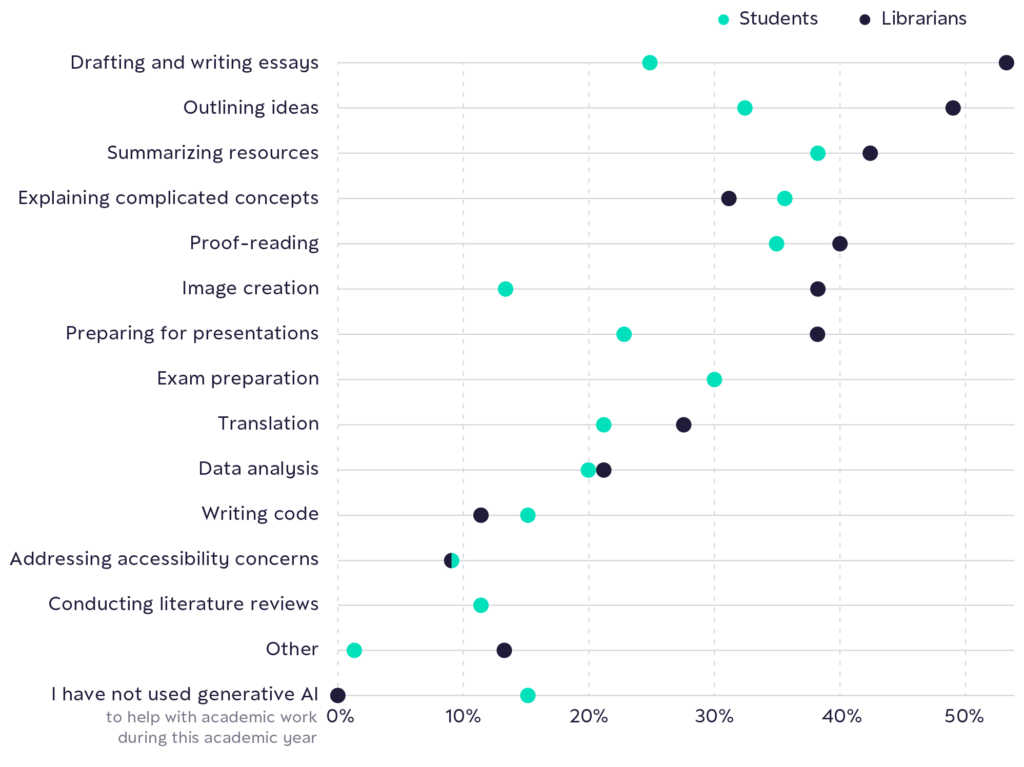
Figure 2. Student (n=912) and librarian (n=235) responses to the question: How have you used generative AI to help with academic work during this academic year?
Over half of students feel overwhelmed regularly (19% very often, 38% often). The effects of being overwhelmed are various. Half of students (50%) report that they either pay less attention in class or stop attending class completely.

Figure 3. Student responses (n=902) to the question: At your institution, who would you look to for guidance on AI use?
Although more were enthusiastic than not, significant numbers of both students and librarians were either ambivalent about the prospect or actively opposed. This suggests a looming gap in practice and, therefore, attainment.
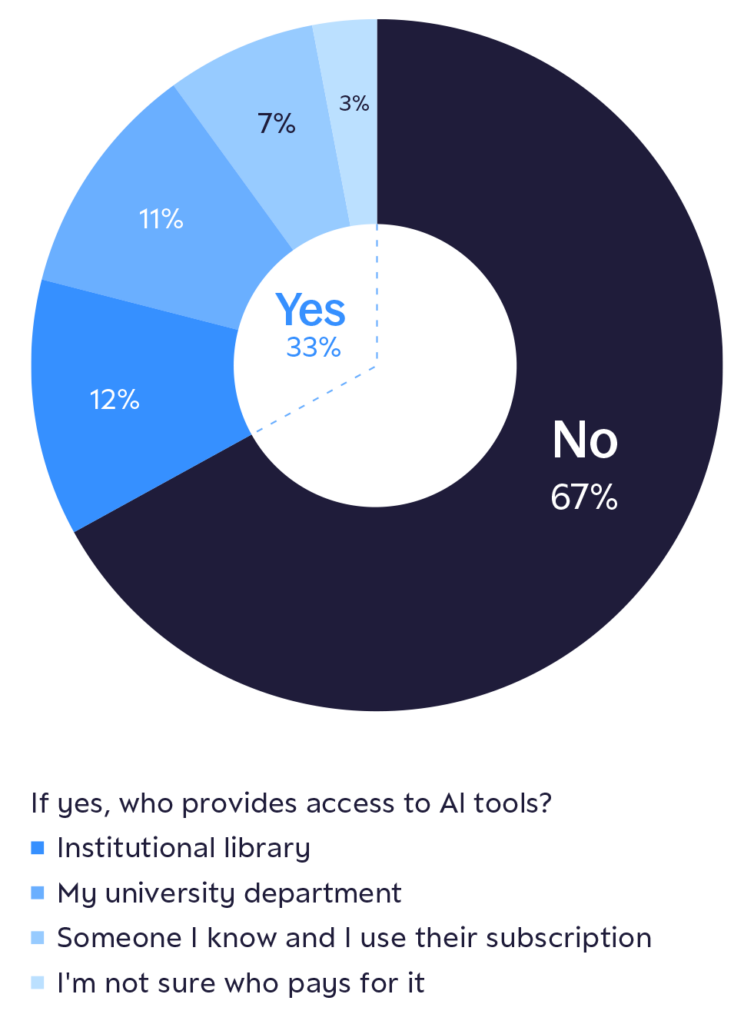
Figure 4. Student (n=911) responses to the question: Have you had access to any AI tools purchased on your behalf to help with academic work during this academic year?
Download Librarian Futures Part IV to discover more noteworthy insights regarding how the library to embed themselves into emerging AI workflows and the complementary skills librarians can develop to ensure the library is an authoritative voice on AI.
Share your thoughts about the findings in the new Librarian Futures Part IV report on LinkedIn and Bluesky.
